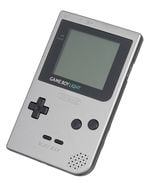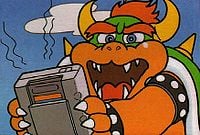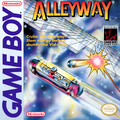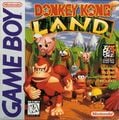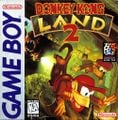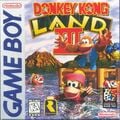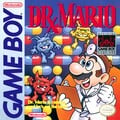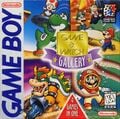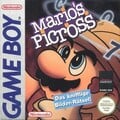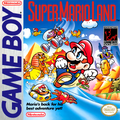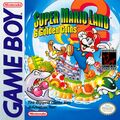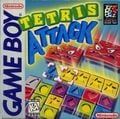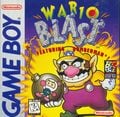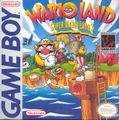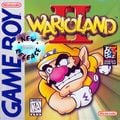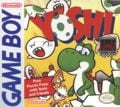Game Boy
Template:Articleabout Template:System-Infobox Template:LLQuote
The Game Boy was Nintendo's second handheld console. The Game Boy was one of the best selling game systems of all time, selling around 64,420,000 units world wide. It was so popular that Nintendo actually pushed back the Game Boy Color because the sales for the Game Boy were so good. The Game Boy Advance was very similar to the Game Boy sales wise. They were discontinued in 1999.
The Game Boy had the ,
,
and
buttons and the
which are the exactly same buttons as the NES's. In 1995 a new version of the Game Boy, as part of Nintendo's "Play It Loud!" campaign, was released. This version was exactly the same as the original; the only difference is that these had colored cases.
Hardware Specifications
- CPU: Z80 8-bit CMOS
- CPU Speed: 4.19 Mhz
- RAM: 8 Kbyte
- Maximum Resolution: 160 x 144 pixels
- Colors: Grayscale
- Maximum number of colors: 4
- Maximum sprite size: 8 x 16 pixels
- Maximum number of sprites: 40 sprites
- Minimum/Maximum cart size: 256 Kbit - 16 Mbit
- Sound: 4 Channel
Remakes
Super Game Boy
The Super Game Boy was not an actual system; rather, it was a Super Nintendo cartridge that one could insert Game Boy cartridges into, thus enabling people to play Game Boy games on their television screens through the Super Nintendo. Certain games had additional colors that could only be seen while played on a Super Game Boy.
Game Boy Pocket
The Game Boy Pocket was the second system in the Game Boy line. It had the same specifications as the original Game Boy, but it was smaller, lighter, had a clearer screen, and had a longer battery life that required less batteries (two AAA's as opposed to its predecessor's four AA's) to operate.
Game Boy Light
Game Boy Light was a Game Boy that was only released in Japan on April 14, 1998 as the third system in the Game Boy line. Nintendo decided that Western consumers wanted "color, not light", so they came up with the Game Boy Color for the rest of the world, though the Game Boy Color was also released in Japan and the other countries in Asia (i.e. China and South Korea), confirmed when some games were Japan Only. The Game Boy Light is about the same size as the Game Boy Pocket and has a backlit screen for improved vision.
The Game Boy Light used to be the rarest Game Boy variant outside of Japan at one time, but due to websites such as eBay, the system has become more widely available. It was the only handheld Nintendo produced with an independently backlit screen until the release of the Game Boy Advance SP.
Appearances in the Mario series
In the Game Boy comics miniseries by Valiant, Game Boys acted as gateways between the Mushroom World and Earth.
The Club Nintendo comic "Wart steht unter Strom" is about Wart (who is clearly Bowser erroneously labeled as "Wart") who is playing Game Boy. The power of the batteries expires, so Wart carelessly throws the batteries away. Mario reminds him that they should be disposed of in containers instead.
In the Nintendo Adventure Book Doors to Doom, Mario and Luigi can encounter Wart, who is relaxing in his lair and playing a Game Boy, having mellowed out and become a skateboarder since his last encounter with the heroes.
In Super Mario RPG: Legend of the Seven Stars, Mario is able to buy a Game Boy from a Toad in the Mushroom Kingdom.
In Luigi's Mansion, there is a Boo called Game Boo, which is obviously a pun on Game Boy.
In Paper Mario: The Thousand-Year Door, there is an oversized Game Boy as the scoreboard in the Pianta Parlor.
Galleries
System Gallery
- 500px-Gameboy logo.svg.png
The Game Boy's logo.
Game Gallery
- Dmgdqa.jpg
- Game Boy Gallery 2 JAP cover.jpg
- Yoshi's Cookie batter quality Box 65.jpg
